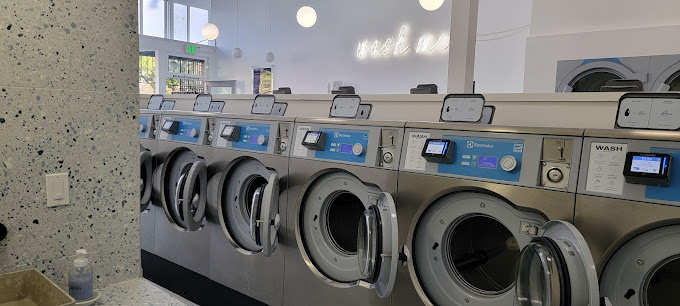Plastic shopping baskets remain a staple in retail stores, but their use has evolved beyond simple item carrying. Retailers today employ smart strategies to maximize the benefits of plastic baskets, enhancing customer experience and improving store operations. From innovative designs to targeted placement, these baskets play a key role in meeting modern shopping demands. This article explores five smart ways retailers are using plastic shopping baskets to stay efficient and customer-focused in today’s competitive market.
Introduction: The Evolving Role of Plastic Shopping Baskets in Retail
Plastic shopping baskets have evolved significantly in modern retail. Once simple carriers, they now serve multiple functions beyond holding items. Retailers are adopting new designs and strategies to improve customer convenience, boost sales, and streamline operations. Trends include integrating technology and enhancing hygiene. This evolution reflects changing consumer expectations and retail environments, making baskets an important tool in today’s stores.
Smart Way 1 – Enhancing Customer Convenience and Mobility
Plastic baskets improve convenience by being lightweight and easy to carry. Customers can move freely through aisles and quickly pick up products without waiting for carts. Ergonomic handles and manageable sizes reduce fatigue. This ease of use encourages faster shopping trips and repeat visits. Convenient baskets also help customers with limited mobility or in stores with narrow aisles.
Smart Way 2 – Encouraging Impulse Purchases with Basket Placement
Strategic placement of baskets near store entrances and promotional areas encourages shoppers to grab one before browsing. This increases the likelihood of impulse buys as customers can carry more items comfortably. Retailers place baskets near checkout lines and end caps to prompt last-minute additions. Easy basket access supports spontaneous shopping, boosting average transaction values.
Smart Way 3 – Using Baskets for Targeted Marketing and Branding
Custom-designed plastic baskets serve as marketing tools. Retailers print logos, slogans, or seasonal graphics on baskets to reinforce brand identity. Color choices align with store themes to create a cohesive shopping environment. Branded baskets increase brand visibility inside and outside the store, strengthening customer loyalty. This subtle marketing enhances the overall retail experience.
Smart Way 4 – Integrating Baskets with Contactless and Mobile Payments
Some stores combine plastic baskets with contactless technology to speed up checkout. For example, baskets equipped with RFID tags allow items to be scanned quickly at payment stations. Mobile payment apps integrate with basket tracking for seamless transactions. This reduces queue times and enhances customer satisfaction, supporting contactless retail trends popular since 2020.
Smart Way 5 – Maintaining Hygiene and Safety with Easy-to-Clean Baskets
Retailers prioritize hygiene by using baskets made from antimicrobial plastics or with smooth surfaces that are easy to disinfect. Regular cleaning routines minimize germ transmission, important in food and health retail sectors. Some baskets come with removable parts for thorough sanitation. Clean baskets promote customer trust and comply with health regulations.
Bonus Strategy – Utilizing Baskets for Efficient Inventory Management
Beyond customers, baskets help staff organize and transport goods efficiently. Employees use baskets for restocking shelves, sorting products, and managing inventory during busy hours. This versatility improves back-of-store operations and speeds up replenishment. Well-designed baskets support both customer-facing and operational tasks, enhancing overall store productivity.
Challenges Retailers Face with Plastic Basket Usage Today
Retailers encounter challenges such as theft, damage, and storage space limitations. Lightweight baskets are easier to steal, requiring monitoring or security measures. Frequent handling leads to wear and tear, necessitating replacements. Limited storage space demands stackable designs to avoid clutter. Balancing these issues with the benefits of baskets requires careful management and investment.
Future Trends: Innovations in Plastic Shopping Basket Design and Use
Plastic shopping baskets are expected to incorporate more technology and sustainable materials. Innovations include smart baskets with digital displays or sensors to track items in real time. Use of recycled plastics and biodegradable components will grow to meet environmental goals. Designs will focus on modularity, lightweight strength, and enhanced ergonomics. These trends aim to make baskets smarter, greener, and more user-friendly in coming years.
Conclusion
Plastic shopping baskets have transformed from simple carriers into multifunctional tools that enhance retail operations and customer experience. Through improved convenience, strategic placement, branding, technology integration, and hygiene focus, baskets contribute to store efficiency and sales growth. Despite challenges, ongoing innovations promise even greater value for retailers. Embracing these smart uses ensures plastic baskets remain essential assets in modern retail environments.


